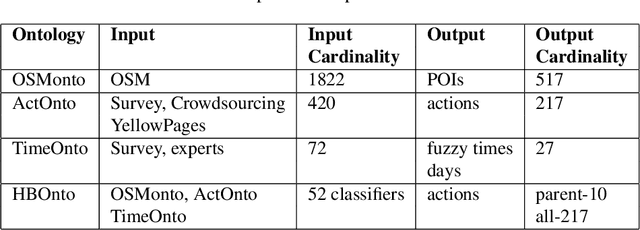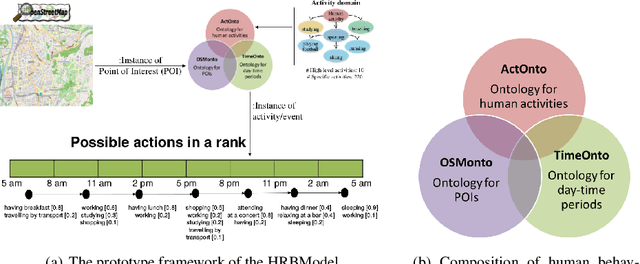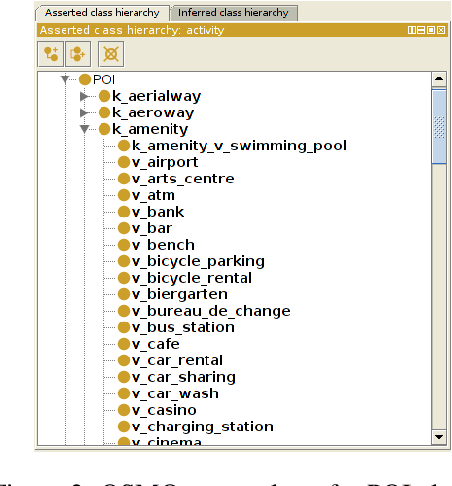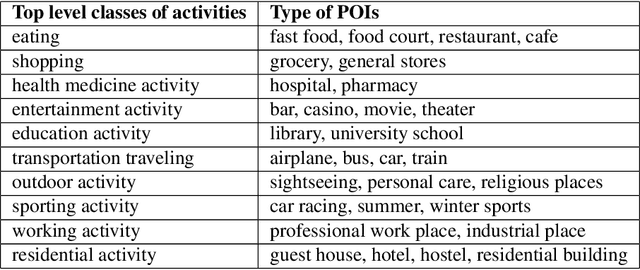Fabrizio Antonelli
Semantic Enrichment of Mobile Phone Data Records Using Background Knowledge
Apr 22, 2015



Abstract:Every day, billions of mobile network events (i.e. CDRs) are generated by cellular phone operator companies. Latent in this data are inspiring insights about human actions and behaviors, the discovery of which is important because context-aware applications and services hold the key to user-driven, intelligent services, which can enhance our everyday lives such as social and economic development, urban planning, and health prevention. The major challenge in this area is that interpreting such a big stream of data requires a deep understanding of mobile network events' context through available background knowledge. This article addresses the issues in context awareness given heterogeneous and uncertain data of mobile network events missing reliable information on the context of this activity. The contribution of this research is a model from a combination of logical and statistical reasoning standpoints for enabling human activity inference in qualitative terms from open geographical data that aimed at improving the quality of human behaviors recognition tasks from CDRs. We use open geographical data, Openstreetmap (OSM), as a proxy for predicting the content of human activity in the area. The user study performed in Trento shows that predicted human activities (top level) match the survey data with around 93% overall accuracy. The extensive validation for predicting a more specific economic type of human activity performed in Barcelona, by employing credit card transaction data. The analysis identifies that appropriately normalized data on points of interest (POI) is a good proxy for predicting human economical activities, with 84% accuracy on average. So the model is proven to be efficient for predicting the context of human activity, when its total level could be efficiently observed from cell phone data records, missing contextual information however.
* 40 pages, 34 figures
 Add to Chrome
Add to Chrome Add to Firefox
Add to Firefox Add to Edge
Add to Edge